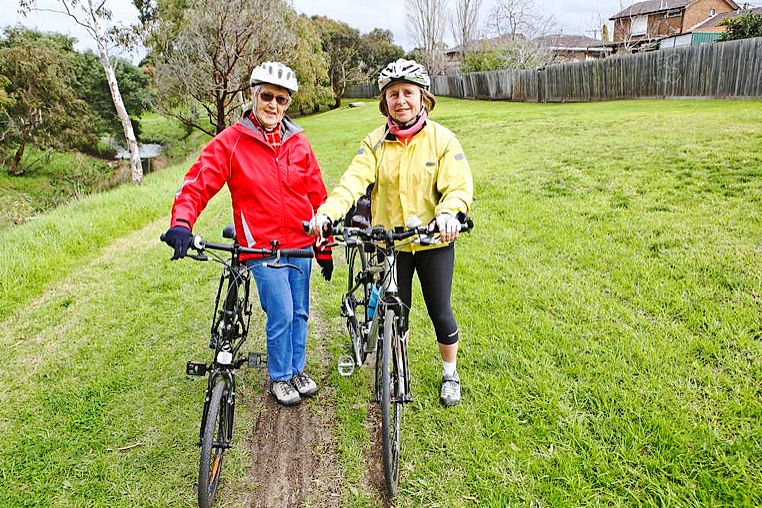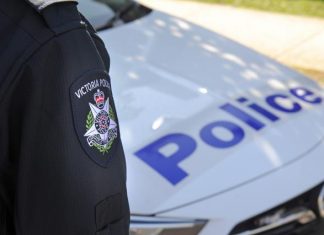A bike trail that connects Brimbank’s historical sites and public art has been proposed as part of a new draft cycling strategy.
The council is exploring the idea of an “arts and cultural trail” in Sunshine and St Albans that would link sites such as the Sunshine Harvester Works, the wall mural at Sunshine train station, the soon-to-be installed Man Lifting Cow sculpture by John Kelly and the Reflexio Qualis two-piece art installation by Col Henry on Hampshire Road.
According to council documents, the trail would feature way-finding maps, explanatory plaques or a smart phone application to provide information.
It is hoped the trail will attract tourists to the municipality.
Ferdi Saliba, president of the bicycle user group of Brimbank, welcomed the idea of an arts and cultural trail.
But he said he wanted the upgrade of sections of popular bike paths prioritised, such as the Kororoit Creek Trail in Sunshine West, which has sections of dirt rather than pavement.
“We’d also like to see better connectivity to transport hubs, such as Sunshine train station,” he said.
“And between Albion and Sunshine stations it’s about 50 per cent complete. That’s a really critical one for us.”
The plan is part of the council’s updated Cycling and Walking Strategy first adopted in 2008.
Since then the council has built about 20 kilometres of off-road trails and about 21 kilometres of on-road cycling routes at a cost of about $15 million.
To update the eight-year-old strategy, council staff used an online survey and two meetings with local bike-riding groups to come up with fresh ideas and necessary improvements to Brimbank’s cycling network.
The draft updated strategy, released last month, includes plans for more signage, prioritised upgrades to existing routes, such as the section of Taylors Creek trail between Kings Road and Sunshine Avenue that will be sealed, and the creation of more local cycling and walking routes that connect people to their local shops, schools or parks.








